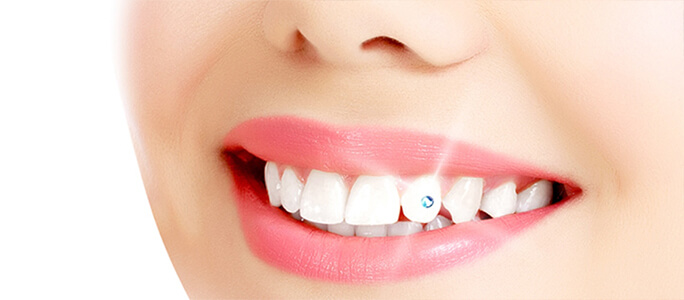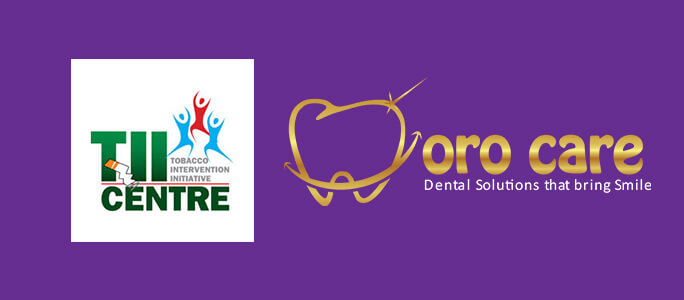
OVERVIEW-Oral and Maxillofacial
It can be done Non surgicaly and Surigicaly depending upon the cases and condition of the tooth. It can be performed by Oral and Maxillofacial surgeon or general Dentist.
DESCRIPTION
Wisdom Tooth Removal
It is recomnended when there is a pain , swelling around the jaws, headache or jaw ache, Difficulty in mouth opening , gums become red, swollen, covered by flap of skin around the wisdom tooth and stuck in the jaw(impacted, or partially impacted). When the wisdom tooth get decay and difficult to fill up.
Procedure will be done in local anaesthetia patient will not feel pain. This procedure is rarely harmful to health ( except in some some cases like recent heart surgery, Hyperghycemia etc)
Non surgical or simple wisdom tooth extraction: teeth that are visible in the mouth, Structure (anatomy) of root is fine, Easy to grasp with instuements.
Surgical wisdom tooth extraction: Involve the removal of teeth that cannot be easily accessed, either because they have broken under the gum line or because they have not erupted fully and structure( anatomy) of root is not fine.
Often teeth are infected beyond a treatable/restorable stage, owing to prolonged decay, an aggravated periodontal disease causing mobility, cyst development following non-vitality, gross destruction of crown structure, fractured crown/root following trauma , a re-infected root canal treated tooth,etc. In such cases, other conservative treatments may seem to have a poor prognosis and would demand an extraction of the tooth. Once the systemic conditions are under check, Dental extractions are performed after administering local anesthesia in the dental chair. A basic health examination including Blood sugar levels, Blood pressure and blood tests (Bleeding time and clotting time) are recommended before the procedure.
Impacted Wisdom Tooth
An unerupted malpositioned wisdom tooth, almost-always causes intermittent pain radiating to the ears, jaws and neck ; can cause a restriction in your mouth opening with gum swelling accompanied by occasional chills.
The Third molar is referred to as the Wisdom tooth as it erupts between 18-25 years of age, by which one is expected to be old and wise enough. Well, that’s an interesting fact for you. Since growth is almost complete by 18, there is less room for this tooth to erupt, thus explaining the aberrant position. Being a constant source of irritation, the tendency to chew to gums is more, leading to swelling of gums (pericoronitis) around the tooth. We have two visiting Oral Surgeons, available on prior appointments. The procedure is done after a pre-op xray.It is done under local anesthesia in the dental chair.
Cyst:
Cyst is a a thin-walled hollow organ or cavity, containing a liquid secreation. Cysts rarely cause any symptoms, unless they become secondarily infected. The signs depend mostly upon the size and location of the cyst. Cysts can form in a wide range of tissues including in the face and mouth (including the jaws).
There are different types of cysts:
Cysts that arise from tissue(s) that would normally develop into teeth are referred to as odontogenic cysts. Other cysts of the jaws are termed non-odontogenic cysts.
Treatment: Removal of entire cyst (Enucleation) And other is creation of window into the wall of the cyst, allowing the content to be drained.
Apicoectomy:
It is the surgery of the end portion of root, it’s a minor surgical procedure whereby an infected or damaged tooth’s root tip is removed and the tooth is successfully treated with conventional root canal treatment.
Why is it needed: This can happen for several reasons: deep tooth decay, repeated dental procedures to a tooth (replacing a large filling, for example), or traumatic damage such as a crack, chip or even a fracture. If the pulp dies, the pulp chamber and canals can become infected. That infection can eventually spread into the surrounding bone and other tissues around the tip of the root.
Jaw Fractures:
Differnet types of jaw fractures:
Fracture of Mandible / Fracture of lower jaw
A fractured mandible usually causes pain and swelling of the jaw, and people often feel that their teeth do not fit together as they should. Often, the mouth cannot be opened wide, or it shifts to one side when opening or closing.
Fractures of the maxilla :
fracture of upper jaw often cause swelling and deformity of the face. Other symptoms depend on where the fracture is located.
Fracture of the bones of floor of eye socket:
Fractures of the bones of the floor of the eye socket may cause double vision (because the muscles of the eye attach nearby), numbness in the skin below the eye (because of injuries to nerves), or a sunken eyeball.
Fracture of the Cheekbone:
Fractures of the cheekbone (zygomatic arch) can cause inability to fully open the jaw, a change in the way the teeth fit together.
Causes of Jaw fracture:
- sports injuries
- vehicle accidents
- accidental falls in the home
- industrial or workplace accidents
- physical assault in the face
Treatment of jaw fractures:
Treatment for a jaw fracture or break might also require surgery, depending on the extent of the injury.
- Manual repositioning or repositioning with forceps of displaced segment.
- Stabilize the fracture with splint using (intermaxillary )immobilization for 4 weeks.
- An alternative treatment is surgical repositioning and stabilization using plating.
















